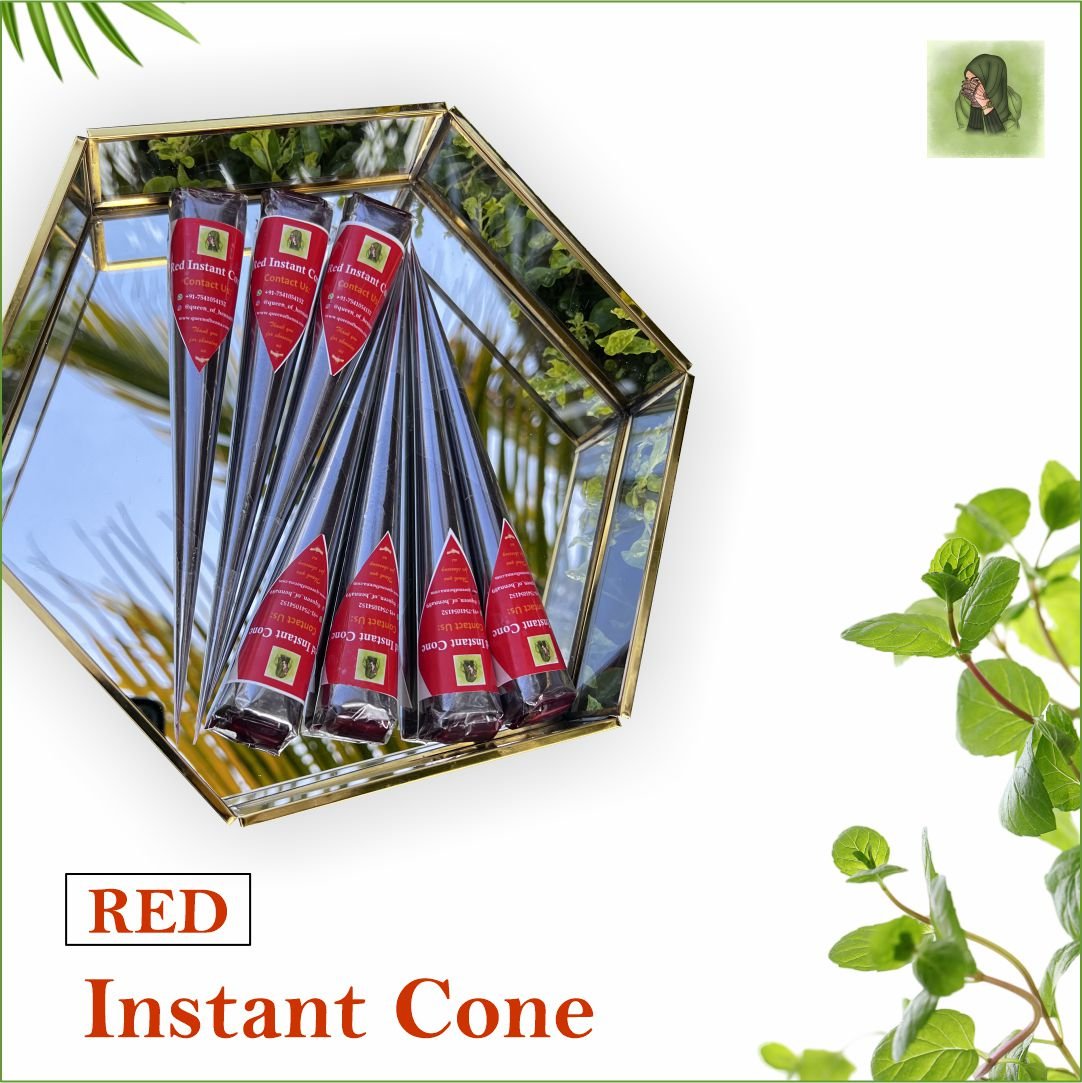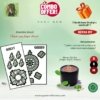
Henna: The Art of Tradition
Henna is a captivating and ancient form of body art that has been celebrated for thousands of years. This practice involves using a natural dye derived from the leaves of the henna plant to create intricate patterns on the skin. Often linked to special events and celebrations, henna is more than just decorative art; it embodies rich cultural meanings and traditions.
A Glimpse into Henna’s History
Henna’s origins can be traced back over 5,000 years, primarily in regions like the Middle East, North Africa, and South Asia. It was commonly used to dye hair and nails, as well as for body art. Ancient Egyptians incorporated henna into their rituals, and it even had a role in mummification processes. As time passed, the practice spread across various cultures, each adapting it with their unique symbolism and styles.
In India, henna is particularly significant during weddings. Brides often have their hands and feet adorned with elaborate designs that symbolize joy, love, and fertility. A common belief is that the depth of the henna stain reflects the strength of love and happiness in the marriage.
"Henna weaves stories on the skin, connecting generations through art and tradition."
Understanding the Henna Plant
The henna used for body art comes from the Lawsonia inermis plant, which thrives in hot climates. The leaves are harvested, dried, and ground into a fine powder. When mixed with water, lemon juice, or essential oils, it forms a paste that can be applied to the skin. This paste releases a natural dye called lawsone, which bonds with the keratin in the skin to create beautiful reddish-brown designs.
One of the appealing aspects of henna is that it is entirely natural. Unlike many synthetic dyes, henna is non-toxic and safe for most people. It has also been used in traditional remedies for its cooling effects, particularly in hot climates.


The Art of Application
Applying henna is a skilled art that requires practice and creativity. Artists, known as henna designers or mehndi artists, use specially designed cones filled with henna paste to create their designs. The shape of the cone allows for detailed lines and intricate patterns.
Henna designs can vary greatly, ranging from simple dots and swirls to complex motifs featuring flowers, paisleys, and geometric shapes. Each design carries its own meaning, often reflecting personal style, cultural background, or the specific event being celebrated.
Cultural Importance
For many cultures, henna serves as more than mere decoration; it holds profound symbolism. In Indian culture, henna is seen as a source of good fortune, believed to protect against negative energies. In Morocco, it is traditionally used during childbirth to safeguard the health of mother and child. Similarly, in various Middle Eastern countries, henna is applied during festive occasions such as Eid, representing joy and celebration.
The application of henna also fosters a sense of community. Women often come together to decorate each other’s hands, sharing stories and laughter as they create beautiful designs. This communal experience not only strengthens relationships but also honors cultural traditions.
Modern Trends in Henna
Recently, henna has gained global popularity, extending beyond traditional settings into contemporary fashion. People of all ages are drawn to henna for its aesthetic appeal and individuality. You can now see henna designs at music festivals, art fairs, and fashion events.
With the rise of social media, henna artists can showcase their work to a wider audience. Platforms like Instagram have created a vibrant online community where artists share their unique designs and techniques, inspiring others to explore the beauty of henna.
How to Apply Henna
If you’re interested in trying henna, here’s a straightforward guide to the process:
-
Select Your Design: Browse for inspiration online or discuss ideas with a henna artist. Choose patterns that resonate with you and suit the occasion.
-
Prepare Your Skin: Ensure your skin is clean and dry. Some people prefer exfoliating beforehand to improve the stain.
-
Mix the Henna Paste: If using henna powder, combine it with water and a bit of lemon juice to create a smooth paste. Allow it to rest for several hours to release the dye.
-
Apply the Henna: Use a cone or small applicator to carefully draw your chosen design on the skin. Take your time and don’t worry about achieving perfection.
-
Let It Dry: Allow the henna to dry completely, which usually takes about 1-2 hours. The longer you leave it on, the darker the final color will be.
-
Remove the Henna: Once dry, gently scrape off the henna paste. Avoid washing the area immediately, as this can lighten the stain.
-
Enjoy Your Art: The henna stain will develop over the next 24-48 hours, becoming richer and darker.
Caring for Your Henna Design
To preserve the vibrancy of your henna, try to keep the area dry for the first 24 hours. You can also apply a mixture of lemon and sugar to enhance the color. The henna design will gradually fade over time, lasting from one to three weeks, depending on skin type and care.
Conclusion
Henna is a remarkable blend of art, culture, and tradition. It connects people across generations while adding a personal touch to celebrations. Whether you’re preparing for a wedding, a festival, or simply want to express your creativity, henna offers a unique and beautiful way to do so.
As you delve into the world of henna, remember that it’s not just about the designs. Each swirl and curve tells a story, connecting you to a rich tapestry of tradition and cultural heritage. So grab a henna cone, explore your artistic side, and celebrate the timeless art of henna!







